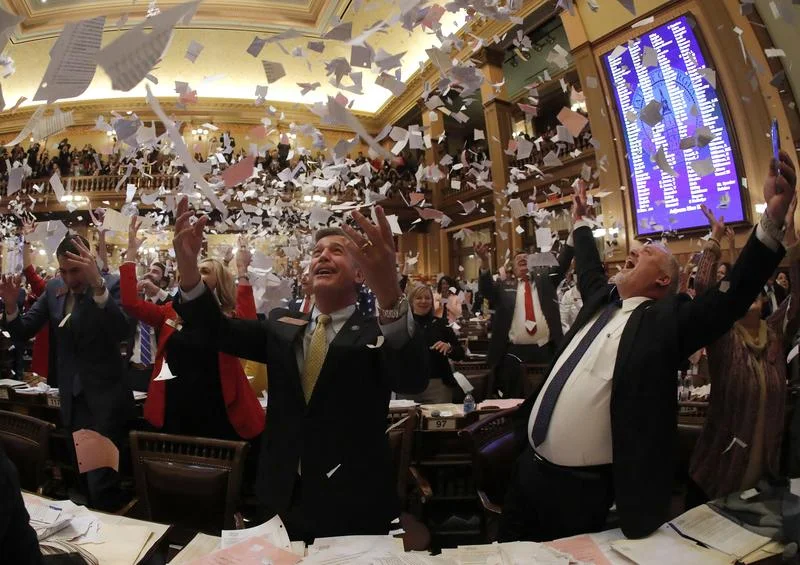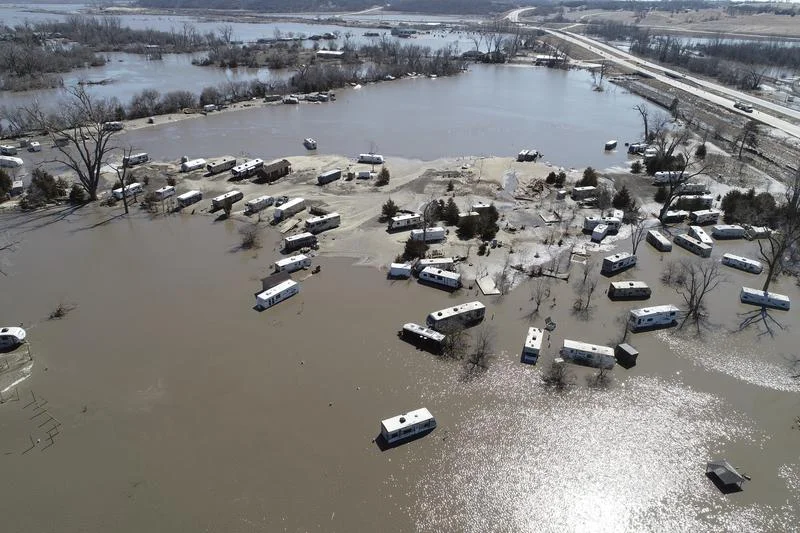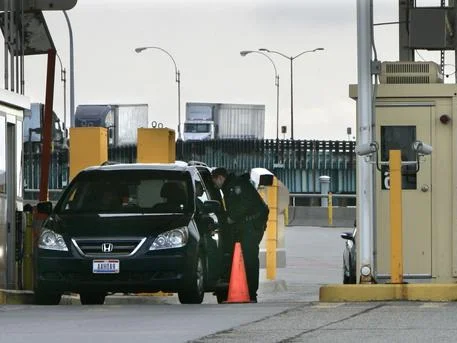More than just talk
Since late 2018, I’ve been a full-time freelance assistant producer at WNYC, mainly on their daily news talk shows. I help some of the smartest interviewers in the business have compelling conversations with interesting people. Sometimes, that means weeding out the best questions from the good ones to make the most of a short segment. Sometimes it means spicing up a dry subject with clips that add depth and texture. Sometimes it’s about finding the best way for listeners to participate in the conversation, tell their own stories and get answers to questions straight out of their own lives. Pitching segments that align with the mission of the show. Booking the right voice to tell a particular story, and pre-interviewing them to make sure we know how to make the most of their time and expertise. Coordinating timezonees with guests, so that they can engage our listeners in events unfolding half a world away. All under the deadline pressure of a daily news broadcast.
I’ve produced at The Takeaway, the Brian Lehrer Show and All Of It, three shows with amazingly skillful hosts and brilliant and dedicated teams of producers behind them, all excellent and generous teachers. Here are some of the segments I’m proud to have played a role in.
Daily Podcasts
I’m one of a team of two producers taking the lead on Brian Lehrer’s daily politics podcast, which we spun off from his topic specific impeachment podcast. My role is cutting the best 20 minutes from the 30/40-minute discussions from the live show. During impeachment, I handled audience engagement (our listener voicemail and “Listener Articles of Impeachment” project), booking and planning for different angles of this singular topic, and navigating live-to-tape production in an environment where our live discussions were frequently pre-empted by congressional hearings. As a learning experience, my journalistic takeaways are that talk-therapy is important for a nation going through an existential crisis, and that while wall-to-wall coverage can feel grating, it’s critical to have asfull a record as possible of these moments of national reckoning.
A look at ourselves
After several politicians in Georgia felt wronged by the press, they sponsored a bill to create an “ethics board” to oversee the work that journalists do. The bill was never going to be law. It was a tongue-in-cheek way to call out the news industry, and it got our attention. We used the opportunity to probe our guest for insight into how journalists can win back the trust of our subjects and our audiences: by being transparent, by engaging with them about our editorial decisions, and by drawing a clearer line between straight reporting, opinion and analysis. (The Takeaway)
Covering humanity
A series of storms in March 2019 left much of the Midwest flooded, with acres of farms and ranches utterly washed out. For a guest, we settled on an agriculture reporter from Lincoln, NE, and had also hoped to include the voice of someone whose crops and livestock were directly affected. It was their story to tell. I spent the morning cold-calling cattle ranchers listed by local Chambers of Commerce. I was asking them to take a break from draining and clearing their fields and pastures to tell a New York City radio station about it. Unsurprisingly, and understandably, they didn’t. Our reporter guest carried the segment on his own, and you could actually hear the humanity of those affected — his sources and friends — come through in his interview. The lesson for me was that making the hardest calls is the only way to know you did your best to serve the story, its subjects and the listeners. (The Takeaway)
Making connections
This was a story we had to approach from several angles. A company that provides surveillance cameras to border security agencies was hacked. At issue are concerns about privacy, cybersecurity, trafficking and immigration. We matched a tech reporter with a former immigration official to ensure we had all the bases covered, and to enable a conversation across areas of expertise. (The Takeaway)
Some of my favorite segments have multiple voices. Here’s one where we kept the speakers separate because they spoke to two issues that were each confusing on their own, and were distinct enough that crosstalk would be counterproductive. (The Takeaway)
And here’s one where two people who agree on a problem, but disagree about the solution, come together to talk about it respectfully. Truly the bread and butter of public radio.
(The Brian Lehrer Show)





